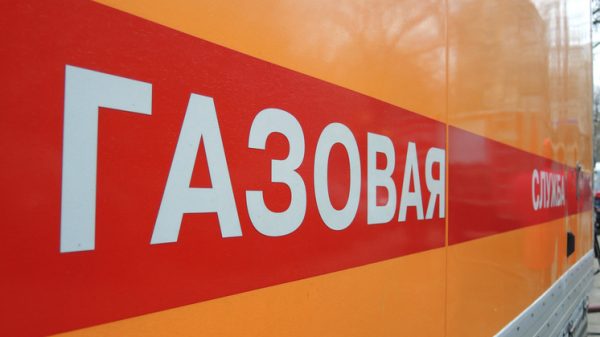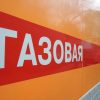The coupon rate on the new issue of RUSAL yuan bonds amounted to 6.7% per annum, exceeding the figure at the end of last year by 2.8 percentage points. Market participants attribute the increase in yield to the weakening of the Chinese currency against the dollar, as well as to the shortage of yuan liquidity in the Russian market. In general, a quick repetition of last year's boom in yuan bond placements is not expected.
Exit full screen mode Expand to full screen

Photo: Alexander Kazakov, Kommersant
Photo: Alexander Kazakov, Kommersant
On November 3, Rusal closed the book on bonds in yuan in the amount of CNY 500 million (equivalent to RUB 6.4 billion at the current rate). The organizers of the placement were BCS KIB, Sinara investment bank, Gazprombank, RRDB. During the collection of applications, the coupon rate was reduced from 6.8% to 6.7% per annum. However, this rate is still 2.8 percentage points higher than when placing similar securities in December 2022. Moreover, then bonds were issued for a period of three years, now — for two and a half years.
Currently, Rusal has four classic issues of yuan bonds with a constant coupon for CNY 11 billion. According to Rusbonds, the yield on them is 6.7–8.6% per annum depending on the duration (0.7–2 years). The rate on Metalloinvest's yuan bonds of the same maturity placed in October was 5.75% per annum.
According to the head of the debt market analytics department at Renaissance Capital, Alexei Bulgakov, the increase in yield reflects the presence of an element of market demand for the issue — the yuan has weakened against the dollar by 6% since the beginning of the year and, apparently, will weaken further.
Rusal's bonds are only the fifth issue of classic yuan bonds this year and the second issue since the beginning of autumn. A year ago, the activity of issuers was clearly higher (including taking into account lower rates) — by the beginning of November, seven issues were placed for CNY 31 billion; in total, in the second half of 2022, 16 classic issues were placed for almost CNY 50 billion.
Market participants do not expect a massive release of issuers with yuan bonds.
According to Arseny Avtukhov, an analyst at the investment analysis department of Sovcombank, the problem of the lack of medium-term yuan liquidity “remains relevant and significantly limits the entire yuan investment business.”
As Marina Nikishova, chief economist at Zenit Bank, explains, since the beginning of May, Russian companies have faced a sharp increase in the cost of swap transactions with the yuan, “which signals a growing shortage of Chinese currency in the Russian market,” which still persists. In October, rates on overnight swaps with the yuan did not fall below 11% per annum. “This fact may limit investor demand for yuan instruments and put pressure on attraction rates for initial offerings,” the expert notes.
The problem could be mitigated by the provision of preferential yuan liquidity by the Bank of Russia, however, against the backdrop of “growing pro-inflationary risks and volatility in foreign exchange markets, this event seems extremely unlikely,” notes Mr. Avtukhov.
In general, the phenomenon of the appearance of bonds in Chinese currency on the local market since August 2022 is explained by “the desire of banks to balance open currency positions that they began to have after the transition of a significant part of exports to settlements in yuan,” adds Alexey Bulgakov. Accordingly, they could offer some real sector companies from among their borrowers to replace some loans with yuan bonds, he points out.
In 2023, the volume of placements of bonds in yuan decreased significantly, which apparently reflects the normalization of the open foreign exchange position of banks in the Chinese currency, the expert believes.
In addition, there is high competition in the local currency bond market due to the emergence of a large volume of substitute bonds, including those tied to the dollar and euro exchange rates. According to Rusbonds, currently the yield on Gazprom replacement bonds in dollars is 6.3–7.3 per annum, and on bonds in euros – 7–7.5% per annum. According to Arseniy Avtukhov, the lack of a premium to the yield of replacement bonds “also limits the investment potential of yuan bonds as a class of instruments, which is why liquidity in the primary market decreases.”
























































Свежие комментарии